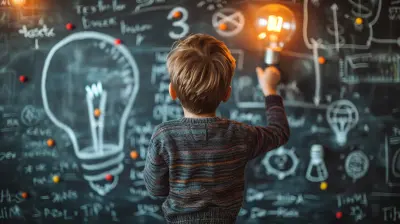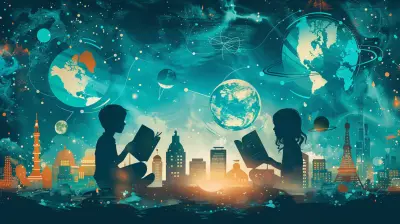How Urbanization Changed the Course of Human History
13 October 2025
Urbanization – it's a term we hear tossed around quite a bit, right? But have you ever stopped to think about how it has fundamentally reshaped the way we live, work, and even think? From the rise of ancient cities to our modern-day metropolises, urbanization has been a driving force behind some of the biggest changes in human history. We went from small, scattered villages to bustling cities full of life, opportunity, and challenges. But how exactly did this all unfold? And what does urbanization mean for the future of humanity?
Buckle up as we dive into the fascinating journey of how urbanization changed the course of human history.
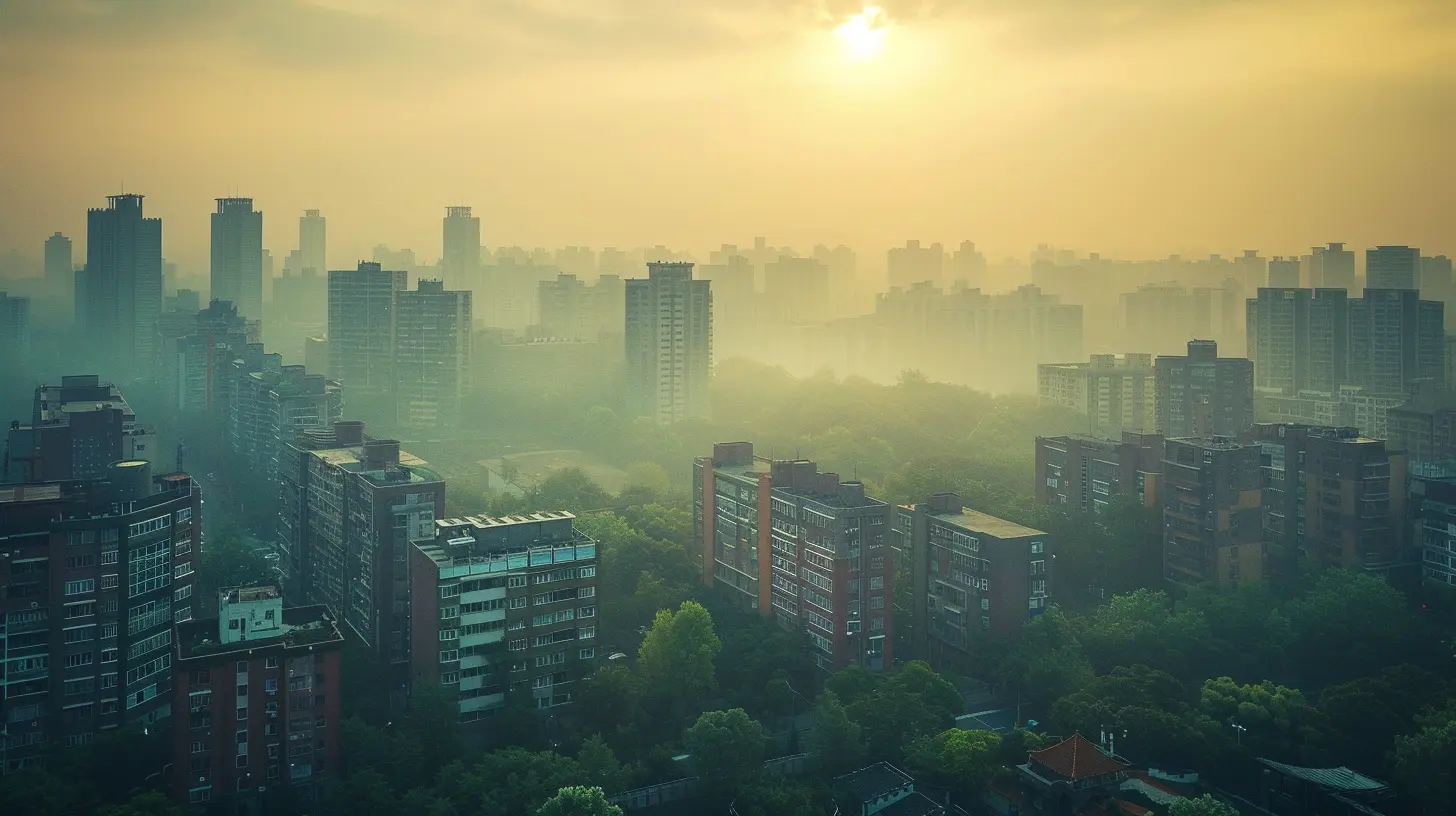
What is Urbanization?
Before we get too far ahead, let’s define the term. Urbanization refers to the process by which rural areas transform into urban areas, with more people moving into cities and the infrastructure around them expanding. It’s not just about population growth, though. Urbanization also involves changes in lifestyle, economic activities, and social structures.Think of it as more than just a crowded city. It’s a fundamental shift in how societies organize themselves. Sounds big, right? That’s because it is. And it’s been happening for thousands of years.
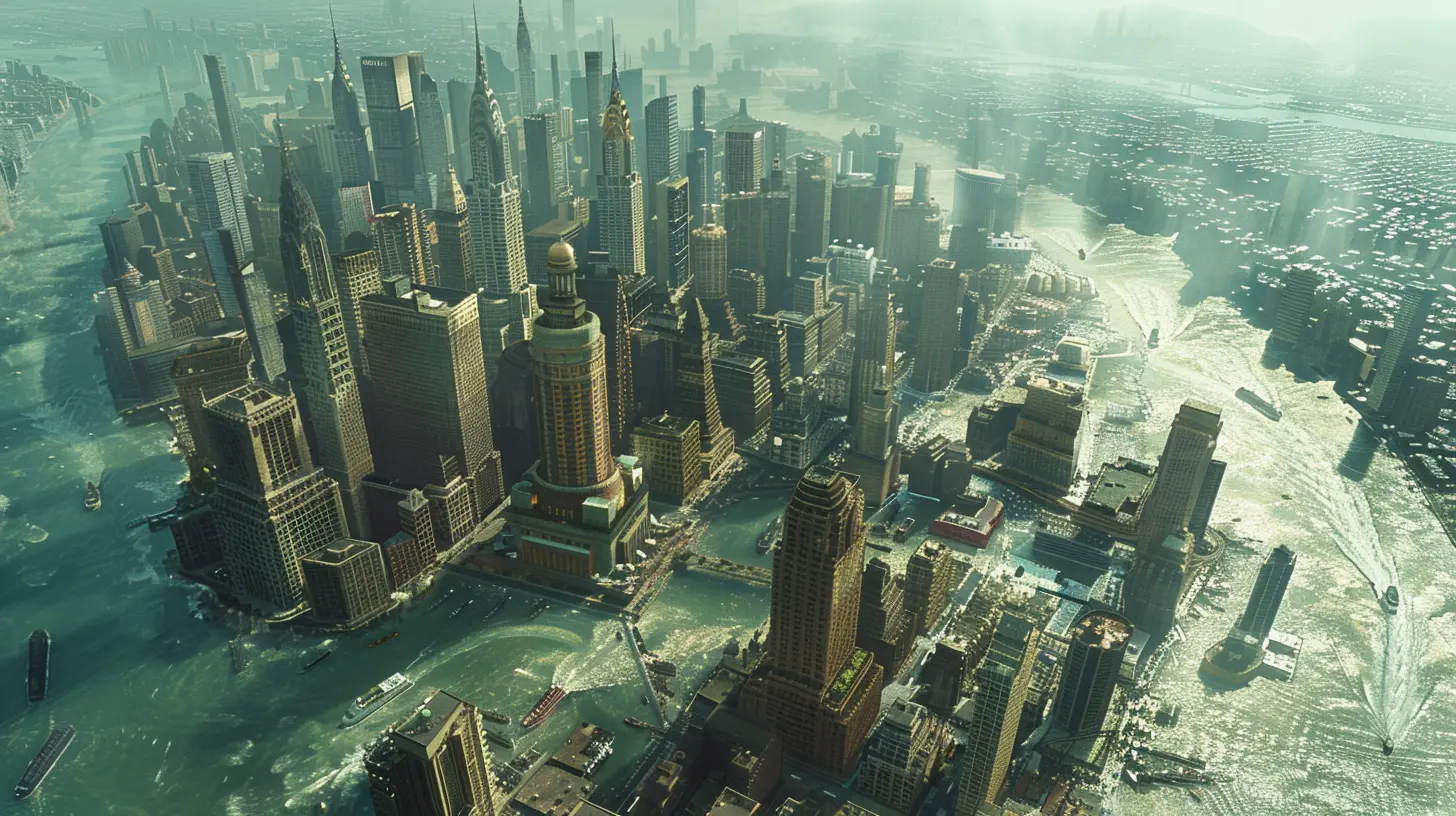
The Birth of Cities: A Monumental Shift
Let’s rewind the clock a few millennia. Early human societies were largely nomadic, roaming around in small groups, hunting and gathering their way through life. Sounds exhausting, doesn’t it? Around 10,000 years ago, something remarkable happened – humans started settling down. This period, known as the Neolithic Revolution, marked the beginning of agriculture. And with agriculture came surplus food, which meant people could stay in one place, and – you guessed it – form the first cities.The Rise of Ancient Civilizations
Some of the earliest urban centers popped up in places like Mesopotamia, Egypt, the Indus Valley, and China. These weren’t just small towns; they were full-fledged cities with intricate social hierarchies, economic systems, and even political structures. People specialized in different jobs – farmers, builders, traders, and priests – all working together in a web of interconnected roles.Cities like Uruk in Mesopotamia or Thebes in Egypt weren’t just places to live. They were hubs of innovation, culture, and power. They gave rise to writing systems, legal codes, and even the first examples of architecture that still leave us in awe today.
But these early cities were only the beginning. Urbanization became a snowball effect that would continue rolling through history, gathering speed and changing everything in its path.
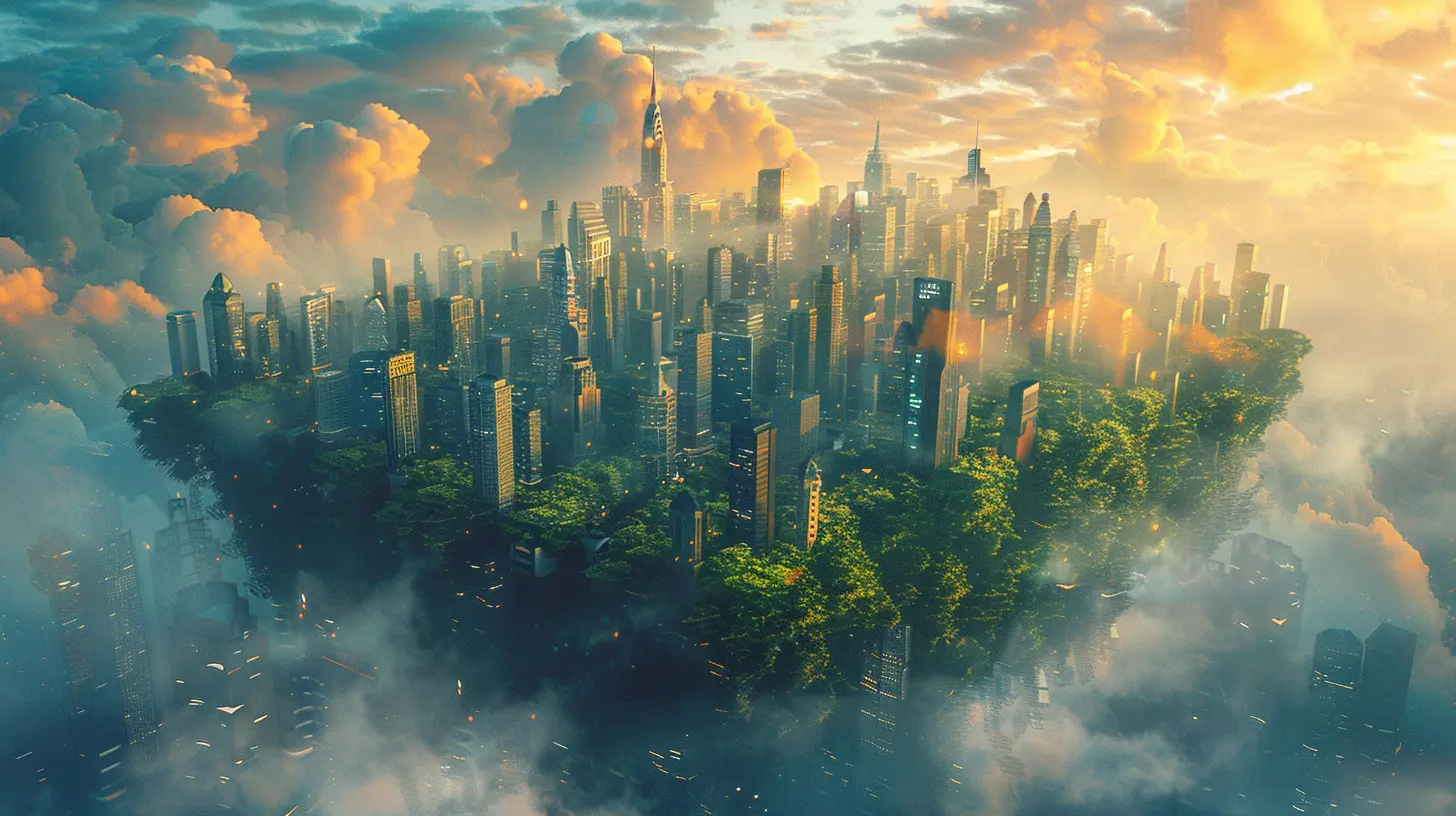
How Urbanization Shaped Society and Economy
As cities grew, they became melting pots of ideas. People from different backgrounds, with different skills, all came together to form complex societies. This contributed to the rapid development of technology, science, and culture.A Catalyst for Economic Growth
Cities created new economic opportunities. With more people in one place, trade became easier, and economies began to flourish. Think about ancient Rome. Its sprawling urban centers helped the empire control vast territories and accumulate wealth from across the known world.In cities, industries flourished too. Not just agriculture anymore, but also crafts, manufacturing, and services. Over time, this led to the Industrial Revolution in the 18th and 19th centuries, which was a massive turning point. Factories replaced farms as the main source of employment, and cities swelled with workers.
Social Changes: The Good, The Bad, and The Ugly
Urbanization didn’t just change how people worked; it changed how they lived. Cities brought people together, but they also created stark divisions. In ancient and medieval cities, you had the rich living in luxurious homes while the poor crowded into slums. Sound familiar? Some things haven’t changed all that much, have they?Cities also became a stage for social movements. The concentration of people made it easier for ideas to spread, and cities became hotbeds for political change. From the protests in ancient Rome to the civil rights movements of the 20th century, urban areas have often been at the heart of societal transformation.
But let's be honest – urbanization wasn’t all sunshine and rainbows. Cities often faced (and still face) problems like overcrowding, poor sanitation, and inequality. In fact, many early cities had to deal with the constant threat of disease, with plagues regularly sweeping through densely packed populations.
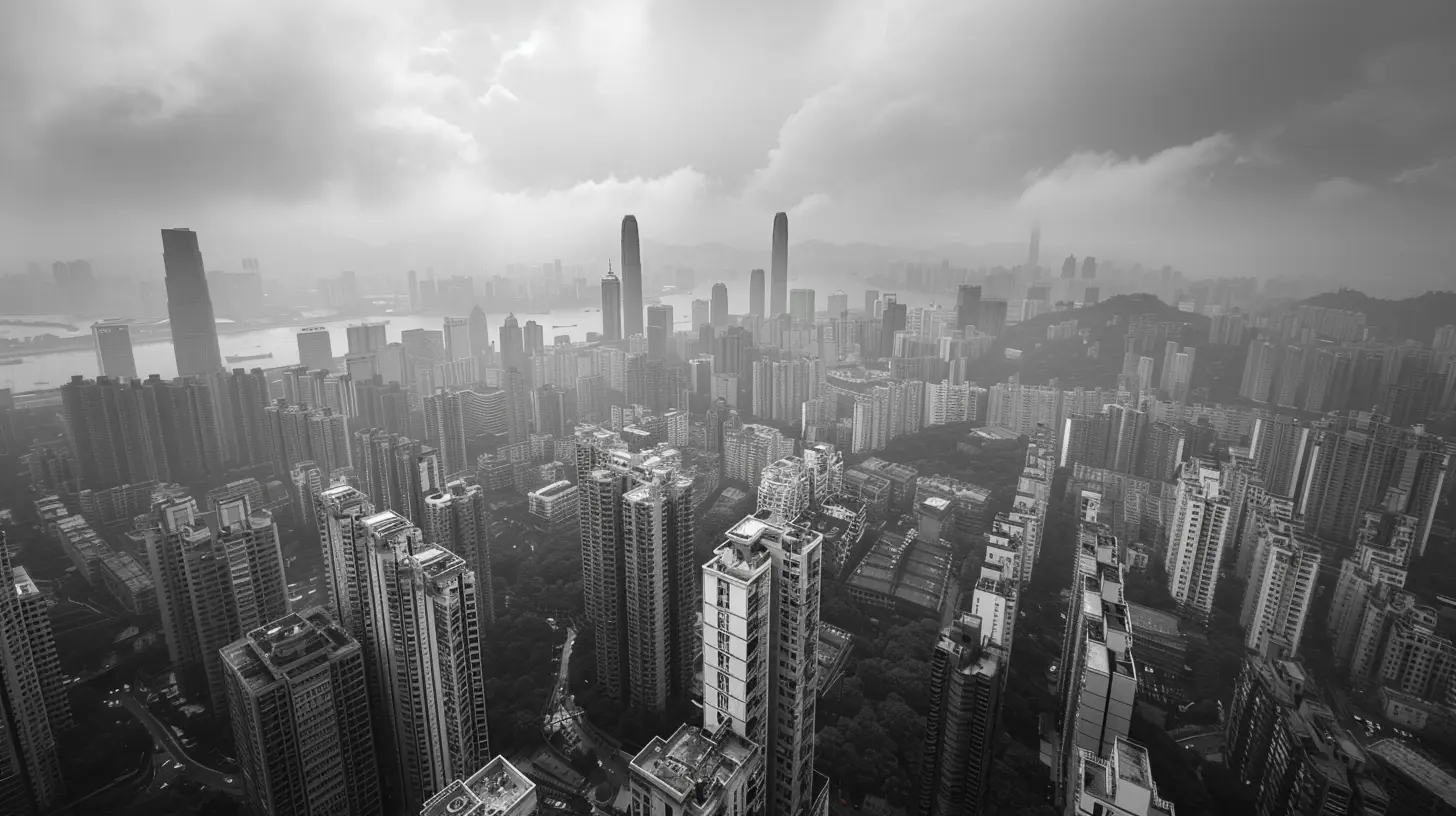
The Industrial Revolution: Urbanization on Steroids
If you thought urbanization was already transforming the world, the Industrial Revolution took things to a whole new level. The 18th and 19th centuries saw a massive shift from agricultural economies to industrial ones. Factories sprouted up in cities, drawing millions of people from rural areas into urban centers, especially in Europe and North America.Population Boom in Cities
Before the Industrial Revolution, cities were relatively small by today's standards. But with industrialization came a population boom. At the start of the 19th century, only around 3% of the world’s population lived in urban areas. By the end of the 20th century, that number had skyrocketed to over 50%!Imagine living in a city like London during the 1800s. It was a chaotic, bustling place filled with opportunity – but also pollution, crime, and poverty. Sounds like a trade-off, right? But this rapid urbanization was a key factor in the rise of modern economies, and it set the stage for the world we live in today.
Urbanization and Class Divide
One of the most significant outcomes of urbanization during the Industrial Revolution was the deepening of the class divide. The wealthy factory owners and industrialists built grand homes, while the working class lived in cramped, squalid conditions. This stark division led to growing tensions and eventually spurred movements like Marxism and labor unions, which sought to address the inequalities created by rapid urban growth.Urbanization in the Modern World
Fast forward to today, and urbanization is more prevalent than ever. Modern cities like New York, Tokyo, and Mumbai are home to millions of people. In fact, more than half of the world’s population now lives in urban areas, and that number is only expected to rise.The Rise of Megacities
One of the most noticeable trends in recent decades has been the rise of megacities—urban areas with populations exceeding 10 million people. Cities like Tokyo, Shanghai, and São Paulo are not just big; they’re massive, sprawling ecosystems that function almost like mini-nations.These megacities are centers of economic activity and innovation, but they also face serious challenges. From traffic congestion to housing shortages, urban planners are constantly grappling with how to manage the sheer scale of these enormous cities.
Urbanization and Technology
Today, urbanization and technology are closely linked. The rise of smart cities—urban areas that use technology to improve infrastructure, services, and the quality of life—represents the next wave of urban transformation. Cities like Singapore and Dubai are pioneering the use of sensors, data analytics, and artificial intelligence to tackle urban problems like traffic, pollution, and energy use.But while technology can help, it’s not a cure-all. The rapid pace of urbanization continues to present challenges, especially in developing countries where infrastructure often struggles to keep up with population growth.
The Future of Urbanization: Challenges and Opportunities
So, what does the future hold? Urbanization isn’t slowing down. In fact, by 2050, it’s estimated that nearly 70% of the global population will live in urban areas. That’s a mind-boggling number, isn’t it?The Environmental Impact
One of the biggest challenges is the environmental impact of urbanization. Cities are responsible for a significant portion of the world’s carbon emissions, and as more people move into urban areas, the strain on resources like water, energy, and food will only increase. However, cities also have the potential to be part of the solution. With innovations in sustainable architecture, public transportation, and renewable energy, urban areas could lead the way in combating climate change.Social and Economic Opportunities
On the flip side, urbanization offers incredible opportunities for economic growth and social advancement. Cities are places where ideas come together, where innovation happens, and where people can improve their quality of life. As more people move to cities, they could drive economic growth, improve access to education and healthcare, and create new cultural and social dynamics.Conclusion
Urbanization has been one of the most transformative forces in human history. From the rise of ancient civilizations to the bustling metropolises of today, cities have shaped the way we live, work, and interact with one another. While urbanization has brought its fair share of challenges—overcrowding, inequality, and environmental strain—it has also been a catalyst for innovation, economic growth, and social change.As we look to the future, it's clear that urbanization will continue to play a crucial role in shaping our world. The key will be finding ways to harness the opportunities of urban life while addressing the challenges that come with it. The city of tomorrow? Well, that’s still up for us to build.
all images in this post were generated using AI tools
Category:
Social StudiesAuthor:

Eva Barker
Discussion
rate this article
1 comments
Kenzie Lane
Urbanization profoundly shaped humanity, fostering connection, innovation, and transformation. Beautifully explained!
October 26, 2025 at 3:57 AM

Eva Barker
Thank you! I'm glad you found the article insightful. Urbanization truly has been a catalyst for significant change in our history.

